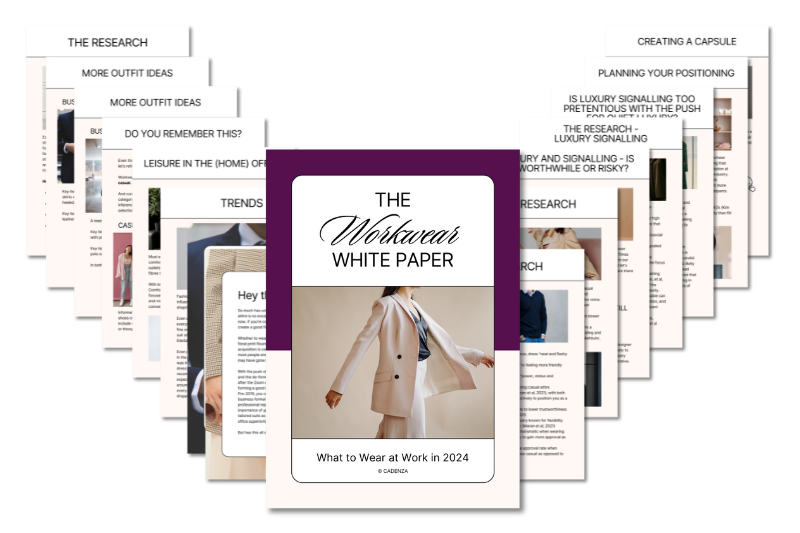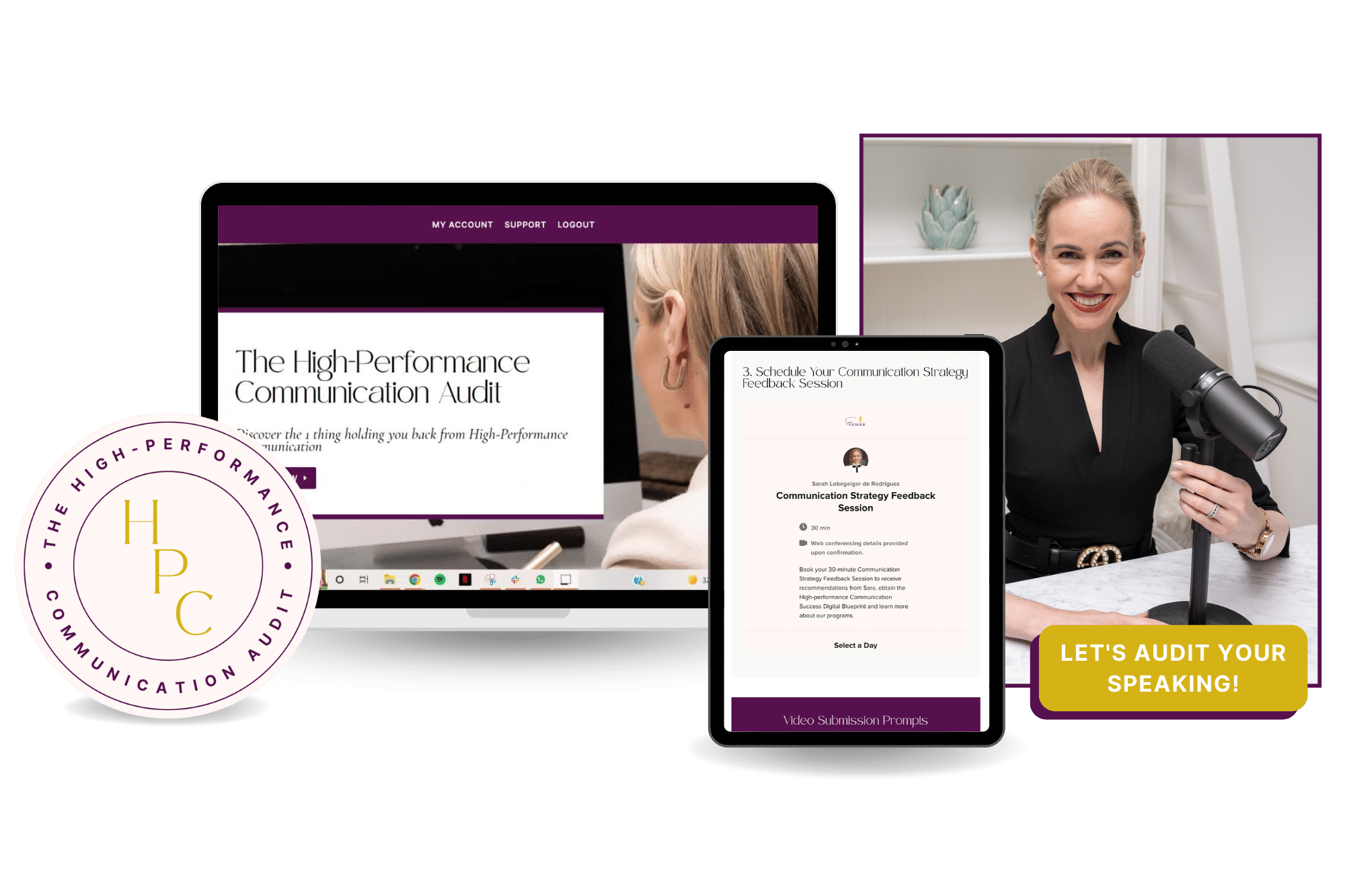Career Communication
Metaphors: Make your words meaningful (work and business)
How to make metaphors while speaking for your professional dealings

If you perceive that your ideas often come across as lack lustre, metaphors will be alchemy for your words, making your ideas sound radiant and valuable.
How can we exude interesting messages while presenting ourselves at work? This article will show you how metaphors illuminate your expertise and insight, leading to quick gains in influence & verbal eloquence once implemented.
You’ll learn to add exciting and impressive language skills to your speaking and pick up some concrete figurative language cues that will add flavour to your leadership interactions, presentations and pitches.
Imagine your word choice as the ingredients for a strong communication presence.
Let’s explore the power of words and imagery so that our speaking is more than just repetitive words to share our ideas – this is about embodying authority and credibility in the corporate world.
This blog post is best digested in 3 parts:
- Check the tips summarised below.
- Watch the vlog for more detailed training.
- Learn more about our High-Performance Communication Audit to Discover what’s holding you back from eloquent speaking with our tailored and comprehensive audit of every aspect of professional communication.
Metaphor Foundations
A metaphor is a tool used to transfer meaning from one thing to another.
Originating from the ancient Greek μεταφορά – meta (beyond) phero (to carry), metaphors arose from the human need to capture the essence of an idea, experience or item by comparing it to something else.
Let’s get the critical definition from the Oxford Dictionary:
A figure of speech in which a name or descriptive word or phrase is transferred to an object or action different from, but analogous to, that to which it is literally applicable; an instance of this is a metaphorical expression (Oxford Dictionary).
Metaphors are built on analogy. To use them effectively, we need to understand what analogical thinking is.
Analogical thinking is the form of thinking we all use when we strive to understand something better by relating it to something else. As humans explored their world, creating new ideas, machines and systems, the need to make something complex or new more straightforward to understand by relating it to something similar.
So here we uncover that metaphors must draw on a parallel concept.
Let’s first check analogies:
You probably know the famous Forrest Gump Analogy
“Life is like a box of chocolates; you never know what you’ll get.”
Here, we see that:
Life (X) is like Y (chocolates).
Analogies establish patterns between two things, and metaphors are similar, with the vital difference that the set-up for the comparison is implicit rather than explicit.
Let’s check an example:
Imagine you’re trying to sell a luxury sports car – a Bugatti.
If you were to say: “The Bugatti is like the crown jewels for a luxury car lover”. You’ve created an analogy, but it is NOT a METAPHOR because the comparison is explicitly stated using the phrase “is like”.
Now let’s listen to the concept markup but using a true metaphor;
“The Bugatti is the crown jewel for a luxury car afficionado.”
Now our structure is precise and concise while stimulating the listener with an unexpected but relevant association.
Metaphor Topic Selection
The best metaphors for communication deal with how we frame our central concepts with a relatable, interesting and animating topic that is analogous.
The ideal concepts will come from comparisons that are visual, fascinating and relevant to your contact, so take care in your topic selection.
Let’s consider some more metaphors:
#1 “Sacrifice is the shadow of success”- here the metaphor subject is the play of light and shadows
#2- “Jargon is food with no flavour”- here we made an analogy to food’s flavour
#3- “This project is the wild card of the quarter.”- inviting a card game reference
#4- “I’d love to tell you the answers are in the back but we’ve never done this before.”- using a book’s structure
#5- “We can only score the deal quickly if our players collaborate on the risky moves”- a sporting reference
#6 “Our vision is a burning flame in a dark economy”- referencing light
#7 “The logo is the chocolate on my cappuccino, don’t leave it off the ad”

Free Resource
The Workwear White Paper
Pick up The Ultimate, research-based Workwear White Paper for what to wear at work if you seek increased influence and executive presence.
Rules for using metaphors effectively
It may be tempting to start googling metaphors to use at work but before you do, let me share 3 important rules for using metaphors effectively.
#1. Hand make your own metaphors: Most metaphors you will find in circulation are technically dead because when overused, metaphors lose their value. We recommend learning to create your own metaphors relevant to the specific situation or concept you wish to emphasise so that your message is memorable and engaging. If you apply metaphors that are in public circulation, the desired effect of persuasion, charisma and memorability will not occur since the words used are tired and neutral, your listeners will most likely not notice the metaphor or form a strong neural connection to it. Bespoke metaphors are always best since they are unlikely to register like jargon or neutral language.
#2. Select your key metaphor concepts carefully. Choose concepts that are positive, fascinating and elegant. Avoid taboo topics or politically risky comparisons. It’s best to stay off the topic of war, as the metaphor can drag the professional conversation into political events rapidly and distract from your initial goal.
#3. Metaphors are built on careful logic which takes time for your listener to decode, which is their true power, because in decoding your clever comparison, you make your message intent memorable. But with this in mind, if your metaphor concept is too complex, you’re listener will be left baffled. The true art of metaphor making is the ability to select the most fitting comparison and set up the sentence logic with symmetry and balance so that your conversation partners grasp the idea with conviction and enlightenment.
#4. Never use metaphors without purpose. You should always set them up with a specific social objective in mind, to avoid the risk of sounding too florid and irrelevant, consider what you want your contact to do, and apply a relevant metaphor for each scenario.
#5. Don’t repeat metaphors even if you’ve hand maid them, effective metaphors are best fresh, spontaneous and bespoke to the scenario.

Where should you use metaphors?
Maybe by now you’re wondering where are some powerful moments in your conversations to use metaphors? There is a large body of research into the potency of metaphors in corporate and political life but let’s consider where we tend to hear them the most.
You’ll notice expert communicators apply metaphors in some of the following scenarios and I suggest you try the same!
- The opening of a speech or presentation
- Giving feedback to team members
- Outlining workflow or project needs
- Positioning an idea, concept or product as valuable and noteworthy
- Explaining the merits of taking action to a colleague, team member or employee
- In sales communication conversations
- When leading your team members
Metaphors increase the persuasiveness of your ideas, provided they are well built, they also contain charismatic value and are found in greater distribution in the spontaneous language of charismatic communicators, expert sales people and noteworthy leaders.
The High-Performance Communication Audit
Optimise your Voice Tone, Boost Your Delivery & Express Yourself Better.
You can only learn to speak confidently with anyone anywhere if you have the tools to transform your speaking logic & habits. And the High-Performance Communication Audit shows you how. This science-based communication service helps you speak with clarity, charisma & confidence.
Learn more about this personalised and strategic solution for your professional communication now.
Why working on metaphors is a viable goal for your communication
Metaphors have been proven to…
- Clarify meaning
- Inspire
- Motivate followers
When well used, metaphors can be your best accessory to charisma (Maran, 2019), eloquence (Mio eat al, 2005) and showcasing your pencil sharp mind (Silvia & Beaty, 2012).
If you’re in a position where your ideas and their value matter, we strongly recommend you work on the ability to add metaphors to your day to day speaking. Not only will they give your message the attention it deserves but they will animate and inspire your listeners allowing them to receive fresh and vibrant language, which will be a bright pigment against the grey jargon, repetition, filler sounds and neutral analytical language common in workplaces.
Inserting metaphors into your career communication, is also a highly effective way to showcase your cognitive capacities without big noting yourself and dropping information about how clever you are or other overt self promotion, since metaphors trigger cognitive sophistication bias. No matter how complex your ideas, the use of effective metaphors will enable your technical information to come across with ease. Metaphors have the power to simplify what is easily misunderstood or too complex and this very process of sending across complex information so that it is relatable and accessible- builds the impression of higher brain power.
Try to get metaphors firing with your mind and speaking but we do want to warn you, they do take brain power and practice. Like all charisma tactics, metaphor making will place more demand on your speaking creativity abilities, this is why we know that charismatic language structures require deeper and more complex thought processes to get in place (Akstinaite, et al, 2024).
Maybe you notice that you’re an analytical and methodical communicator who hasn’t found a way to catch attention for your ideas and insights. If this is the case, we’re confident that you would benefit immensely from our science-based charisma and communication training at Cadenza where we make experts sound interesting. Whether it’s polishing your voice clarity or bridging the flow of your complex thoughts to sound more logical while speaking, our services are designed to assist you to get the most capital out of your untapped resource- communication.
It all starts with the High Performance Communication Audit where we will investigate your current speaking and give you feedback on your strengths, so you can showcase them more and find concrete opportunities that will enhance your speaker profile and professional impact. You can find all the details in the description box below – so be sure to check it out if you’re hungry for professional progress or want me to show you how to become a metaphor juke box!
References
- Akstinaite, V., Jensen, U. T., Vlachos, M., Erne, A., & Antonakis, J. (2024). Charisma is a costly signal. The Leadership Quarterly, 101810.
- Maran, T., Furtner, M., Liegl, S., Kraus, S., & Sachse, P. (2019). In the eye of a leader: Eye-directed gazing shapes perceptions of leaders’ charisma. Leadership Quarterly, 30, 101337.
- Mio, J. S., Riggio, R. E., Levin, S. Z., & Reese, R. (2005). Presidential leadership and charisma: The effects of metaphor. Leadership Quarterly, 16, 287-294.
- Silvia, P., & Beaty, R. (2012). Making creative metaphors: The importance of fluid intelligence for creative thought. Intelligence, 40, 343-351.
Did you enjoy this post? Make sure to subscribe to our YouTube channel to get more content to increase your communication skills!
About the Author
Dr Sarah Lobegeiger de Rodriguez is a Keynote Speaker, Executive Speaking Coach, and Opera Singer who likes to play with words, sounds, and your impact.
Her academic background is in Music Performance, Communication Science and Speech & Language Pathology. She assists executive communication clients all over the world as a communication consultant with strong expertise in CEO, Founder and Entrepreneur communication strategies.
Connect with Sarah on LinkedIn.
Level 14, 380 St Kilda Road, Melbourne, 3004
Privacy Policy
Terms & Conditions
Position Statement on Racism





